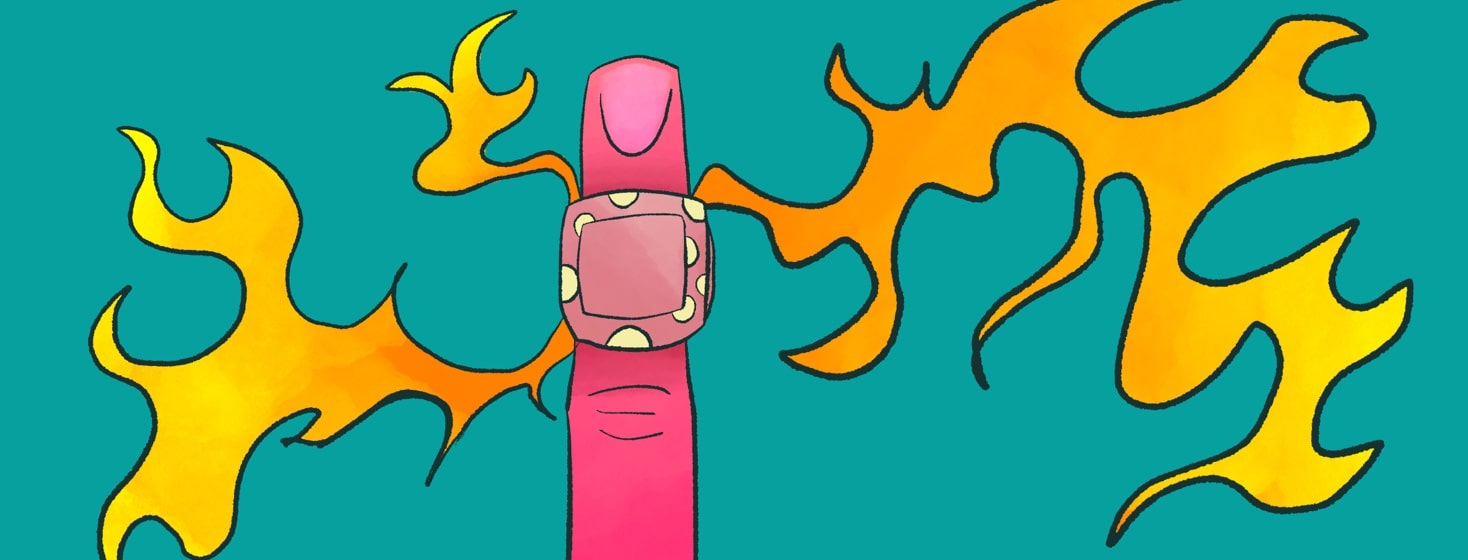How I Manage Skin Irritation From Conventional Bandages
I have dealt with managing my sensitive skin for practically all of my life. In recent years, while on my journey to living a healthier lifestyle, I’ve successfully switched out many conventional products from my bathroom cabinet to alternative options that don’t result in pesky skin irritation. However, as an HS warrior, I found one vital piece of managing my flares that begged to be switched for a more suitable option—bandages.
I don’t know about most people, but when I think of using conventional bandage products, my mind quickly goes back to my childhood when band-aids were worn as a badge of honor and boasted colorful decorations to help take my mind off of the injury. As a now adult with HS, my experience with bandages is mostly centered around concerns regarding skin irritation, pain during removal, and managing adhesive residue that can sometimes be hard to scrub off.
The problem with conventional bandages for HS
In previous years, at times when my flares were smaller in scale and could be covered with only a band-aid, I quickly reached for conventional bandages as a suitable solution. Unfortunately, I found that during bandage removal my surrounding skin would be covered in a painful rash that resulted in my skin being extremely sensitive to the touch. Even worse, the area would become itchy and it was difficult to remove the leftover residue due to how irritated my skin had become.
After spending time researching why these painful rashes occurred, I learned that my skin had been experiencing an allergic reaction which could clearly be seen by how irritated my skin often became after bandage removal. Most conventional bandages utilize glue products to create the adhesive that allows the band-aid to adhere to the skin for extended periods of time. Common glues used for these adhesives include methacrylates and vinyl resins which have been found to create contact dermatitis on the skin. This reaction can lead to raw, inflamed, itchy skin after the removal which is definitely not something I want in addition to dealing with my flares.1
An easy solution
Thankfully, I found an easy solution to this problem which still allows me to use a traditional bandage product without having to pull out my gauze and medical tape when tending to a smaller wound. A quick search on Amazon led me to discover the Curad Truly Ouchless Silicone bandages that are now the only type of bandage I use for small HS flares. Whether I need the bandage to reduce the rubbing of my skin or to help with drainage, these band-aids have successfully passed my “no irritation” test. Unlike some traditional bandages, the Curad band-aids use “EZ release” silicone technology that allows me to easily lift the band-aid during removal and they do not leave any glue residue behind. Additionally, I enjoy that these band-aids are comfortable to wear and quickly form to the skin even in difficult areas such as the armpits.
When I first started using these band-aids I did find that they did not adhere to my skin as well as conventional bandage products, so this is something I always consider based on the plans of my day. If I am going to be sweating intensely or moving around a lot I do have to keep in mind that the bandage may move out of place or possibly even fall off completely. However, in most cases, I have found these bandages to be a quick fix and a lifesaver when I need help managing my wounds.

Join the conversation